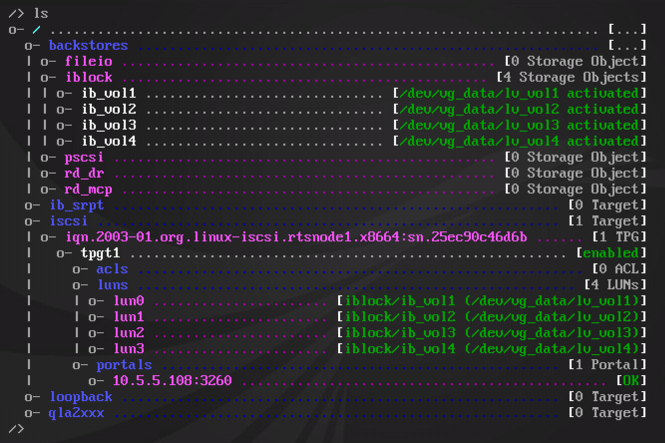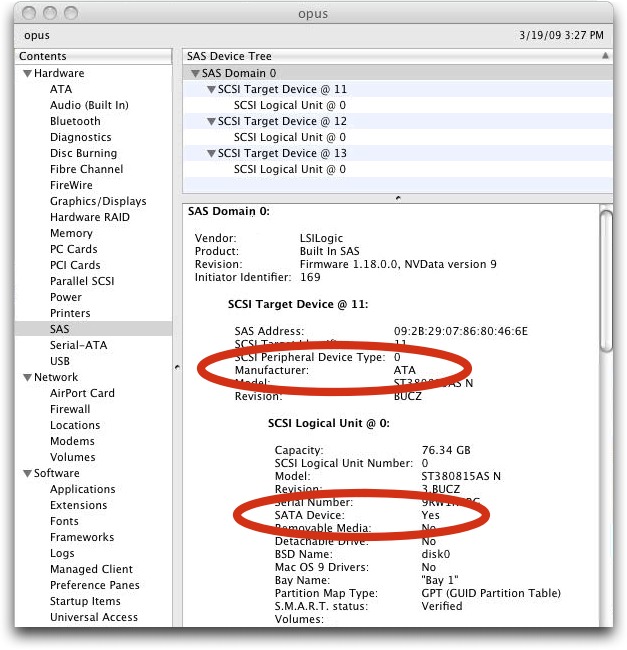A former moderator for an Apple II group on Compuserve contributed his library of software to us. We have been going through the disks and, those we tested to boot and verified with Copy II Plus 9, putting up for sale in the Apple2OnlineStore those that work. A similar dialog will also appear when it locates a SCSI device type it does not recognize, allowing you to enter a name for the new type. BUS SELECTING For Macintosh models that support multiple SCSI buses (currently Quadra 900 & 950 and PowerBook Duo w/Duo Dock), you can choose which bus to view.
In the beginning, personal computers used cassette tape drives. Then came floppy drives, followed by hard drives. And then came removable media drives such as SyQuest, Bernoulli, and – perhaps best know of all – Zip.
Before Zip
Iomega had made a name for itself with its Bernoulli Box, a lower cost alternative to SyQuest drives with their hard disk platters. SyQuest had established itself with a 44 MB 5-1/4″ cartridge drive system using the same 130mm platters found in hard drives.
By contrast, Bernoulli cartridges had a floppy disk spinning at 3,000 rpm, using the Bernoulli Principle to pull the disk’s surface toward the read-write head. Unfortunately, the original Bernoulli cartridge system used huge media, measuring about 8″ x 11″ (210 x 275 mm).
Bernoulli Box II used a smaller cartridge along with a drive that fit in a standard 5-1/4″ bay. Bernoulli drives were noted for their reliability, and they came in many different capacities.
Beyond Floppy Disks
Although Apple wasn’t the first to use 3.5″ floppy disks, it was the first to standardize on them instead of the older, larger 5-1/4″ floppies. In the PC world, single-sided 3.5″ floppies held 360 KB of data, double-sided disks 720 KB. On Macs, the same disks stored 400 KB and 800 KB respectively.
High-density (HD) 3.5″ floppies arrived in 1987, and both PCs and Macs used them to store 1.4 MB of information. The same year IBM introduced its DSED (Double Sided Extended Density) 2.88 MB floppy drive and disks, which never caught on. The market needed a removable media drive with more capacity than floppies but at a much better price than SyQuest.
The Zip 100
Iomega brought its Zip drive and Zip disks to market in March 1995 with 100 MB capacity. Zip uses a cartridge a little larger and somewhat thicker than a 3.5″ floppy disk. It was also far faster than a floppy drive, which is part of what kept the competing LS-120 SuperDisk from catching on – it had higher capacity than Zip but was far, far slower. (Interestingly, SuperDisk began as an Iomega project that they ditched in favor of Zip. 3M acquired the technology from Iomega and brought it to market.)

With their relatively high capacity and low price (initially $20 per cartridge), Zip took off, selling nearly one million in 1995. A few Zip disks could back up most hard drives in 1995; one Zip disk could hold a bootable system plus diagnostics. Zip was also a great way to send files out to a service bureau.
Zip disks came preformatted for Macs or PCs, and either could be reformatted for the other platform using Iomega Tools.
A Word of Warning
The SCSI Zip drive allows you to choose one of two possible SCSI IDs, 5 or 6. SCSI ID 6 is rock solid, but SCSI ID 5 can have issues when other devices on the SCSI bus are moving a lot of data. Avoid using SCSI ID 5 if at all possible.
How Fast (or Slow) Is It?
In 2013, Lui Gough tested several different types of Zip drives on his AMD Sempton 3300+ powered PC running Windows XP SP3. Here are the average and maximum transfer rates by drive mechanism:
- ATAPI Zip 100: 1.0 MB/s avg., 1.4 Mb/s max
- USB Zip 100, bus powered: 0.7 MB/s avg., 0.8 MB/s max
- SCSI Zip 100: 0.6 MB/s avg., 0.7 MB/s max
- Parallel port Zip 100: 0.2 MB/s across the board
Cam Giesbrecht ran benchmark tests on his Mac Quadra 605, also comparing HD floppy and hard drive performance. His results:
- floppy disk, writes @ 61.6 KB/s, reads @ 78.6 KB/s
- SCSI Zip disk, writes @ 1084 KB/s, reads @ 1123 KB/s (50% higher than SCSI on PC)
- internal Quantum hard drive, writes @ 1497 KB/s, reads @ 1850 KB/s
- external Quantum hard drive, writes @ 1367 KB/s, reads @ 1367 KB/s
The SCSI Zip drive performs better on this Mac and the one tested by Lui Gough on his Windows PC, in part because Macs were optimized for SCSI drives in those days while PCs were optimized for ATA drives. The Zip shows itself to be a decent backup medium, writing data at 70-80% of the write speed of the two tested hard drives.
As for the floppy, there is no comparison. Zip stores 70x as much data and runs about 15x as fast.
Finally, the Iomega Zip FAQ benchmarks Zip 100, SyQuest 44 (an older technology), and the hard drive in a 1989 Mac IIci, obtaining these results:
- hard drive: 119 KB/s random reads, 1099 KB/s 256K sequential reads, 71.1 KB/s random writes, 1216 KB/s 256K sequential writes
- Zip 100: 38.5 KB/s random reads, 1186 KB/s 256K sequential reads, 38.9 KB/s random writes, 1189 KB/s 256K sequential writes
- SyQuest 44: 37.3 KB/s random reads, 579 KB/s 256K sequential reads, 36.1 KB/s random writes, 579 KB/s 256K sequential writes
This seems to be comparing a 1989 vintage hard drive with two removable media options. Even an older hard drive outperforms Zip 100 and SyQuest 44 for random reads and writes, but the big surprise is that for 256 KB sequential reads, Zip beats the hard drive, while it takes a close second for 256 KB sequential writes, just behind the older hard drive.
Overall Zip had decent performance, especially compared to older hard drives. With contemporary mid-1990s hard drives, Zip would fall further behind yet still acquit itself nicely.
Lots of Options
Supported Platforms
As long as Iomega kept things simple, Zip continued to grow and grow. It supported most operating system of that era:
- MS-DOS and Microsoft Windows, although Windows 7 and later will not work with parallel port drives
- Mac System 6 through Mac OS 9.2.2 plus OS X (System 6 requires an Iomega Drive version prior to 5.0, as does the Mac Plus)
- IBM OS/2
- AmigaOS 3.5 and later
- Oracle Solaris 8-11
- some Linux and BSD versions, although Zip is not universally supported
- some users have made SCSI Zip drives work with Apple II and Atari ST computers
Later versions of Zip supported 250 MB (launched December 1998) and 750 MB (August 2002) of storage. Zip drive sales began their decline in 1999 as CD-R and DVD-R grew in popularity, followed by the explosion in USB thumb drives.
Driver Downloads
- IomegaWare 4.0.2 for Windows 98, Me, 2000, and XP. Not compatible with Windows 95 or NT.
- Iomega Zip 100MB USB Drivers Download, Windows XP, Vista, 7, 8, and 10.
- Iomega Zip 100MB Parallel Port Drivers Download, Windows XP, Vista, 7, 8, and 10.
- Iomega Zip 100MB ATAPI Drivers Download, Windows XP, Vista, 7, 8, and 10.
- Iomega Zip 100MB SCSI Drivers Download, Windows XP, Vista, 7, 8, and 10.
- IomegaWare 4.0.2 for Mac OS 8.6 or later, OS X 10.1-10.2.1. Drivers are not needed with OS X 10.4, 10.5, and 10.6.
- Zip driver 4.2 for Mac Plus running System 6
Interfaces
Zip drives were available in numerous interfaces, including:
- IDE, an early ATA standard that does not support ATAPI commands
- ATAPI, a later version of ATA specifically for removable media; Zip 100, 250, and 750
- SCSI, internal and external, found on almost all Macs of the era, Zip 100 and Zip 250
- IEEE 1284 for parallel ports with passthrough for your printer, Zip 100 and Zip 250
- Zip Plus, an external drive that works with SCSI or parallel port, Zip 100 only
There were also three later implementations:
- USB 1.1, Zip 100 and Zip 250
- FireWire/IEEE 1394, Zip 250 and Zip 750
- USB 2.0, Zip 750
Incompatibilities
With each additional Zip format, Iomega further muddied the waters. It was simple when every Zip disk stored 100 MB and every Zip drive could read and write to it.
Zip 250 drives can read and write both Zip 100 and Zip 250 disks, although they write to Zip 100 disks very slowly. Zip 100 drives automatically eject Zip 250 disks as unreadable.
Zip 750 drives can read Zip 100 disks but not write to them at all. It is fully compatible with Zip 250 disks. Zip 100 and Zip 250 drives will eject a Zip 750 drive as unreadable.

Interestingly, Zip was listed as one of the 25 worst technology products (#15) by PCWorld in 2006 – and one of the 50 best (#23) in 2007!
Iomega was acquired by EMC in June 2008, making it part of the world’s largest storage company. EMC and Lenovo partnered in 2013 to create LenovoEMC, which took over Iomega’s business.
* No, it isn’t a typo. Compleat is a legitimate, albeit archaic, spelling for complete. As Kenneth G. Wilson says in The Columbia Guide to Standard American English: “This obsolete spelling of the adjective complete suggests an air of antiquity that seems to please some of those who name things….” We find that fitting for Low End Mac’s Compleat Guides to “obsolete” hardware and software.
Linux Scsi Driver
Further Reading
- Zip Drive, Wikipedia
- The Iomega Zip Drive FAQ, 1995
- Iomega Zip Drive 100 Parallel, Centre for Computing History
- Our Favorite “Forgotten Tech” – from BeOS to Zip Drives, Ars Technica, 2012
- Using a Zip Drive on a Mac Plus, Michael A. Peters, Jags House, 1998
- Mac Plus and Zip Drives Revisited, Vintage Mac World, 2007
Download Scsi Drivers
Keywords: #zipdrive #zipdisk #iomegazip
Short link: http://goo.gl/JZA9SU
searchword: compleatzip
